With its heavy body, it stands high on its four strong, long legs as if it was a part from this charming civilization, at many of the desert located tourist sites in Egypt, camels can be seen. It is well-known among the visitors of the land of Pharaohs, when many people all over the world think of Egypt, they think of it, it is the “Ship of the Desert”, The Camel.
This animal is famously known as the ship of the desert, it is an important species uniquely adapted to hot and arid environments, with its strong, and its ability to walk in the desert, which is much like the motion of a ship at sea. Patience is one of its most observable features and camels are generally useful animal. It appears in Egypt in the archaeological sites as it related to the tourism tours.
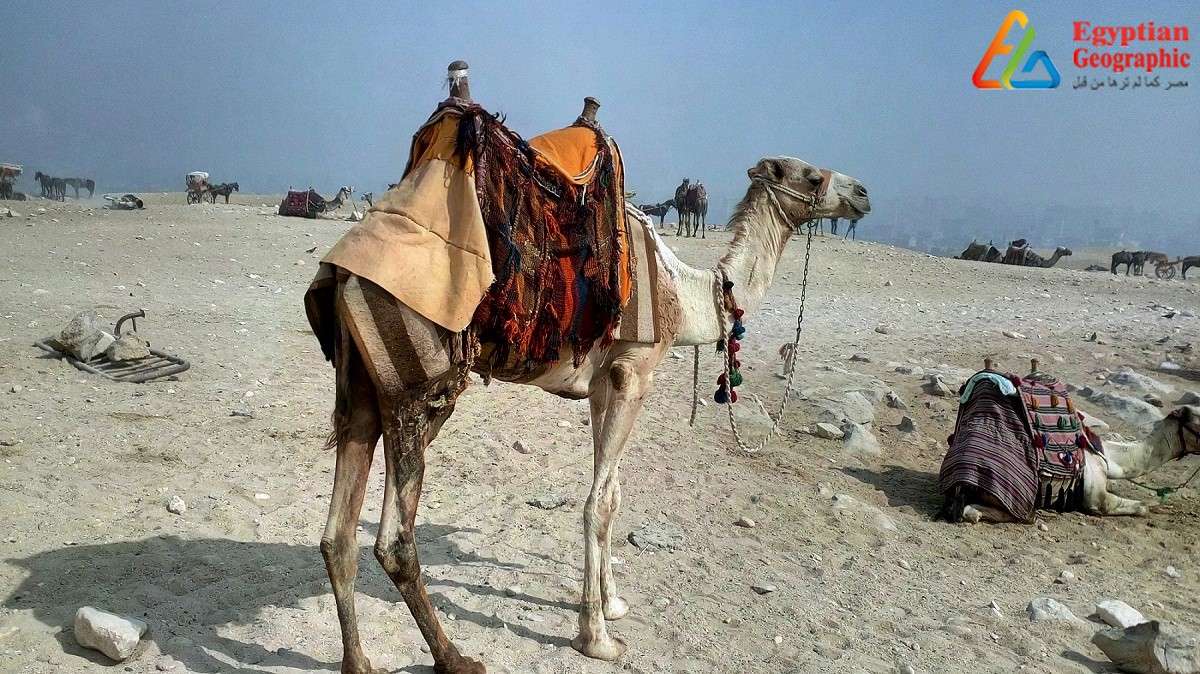
Historically, Camels were a dependable source of not only transport but also food and milk. Arabs were proud of the number of camels they possessed. The image of the camel is tied to the history of the great Egyptian civilization.
There are two types of camels. The first is the dromedary, or Arabian camel, which has one hump and is found in the Arabian Peninsula and northern Africa. Large numbers of Arabian camels have been transported to live in India, Australia, North America, and several other countries.
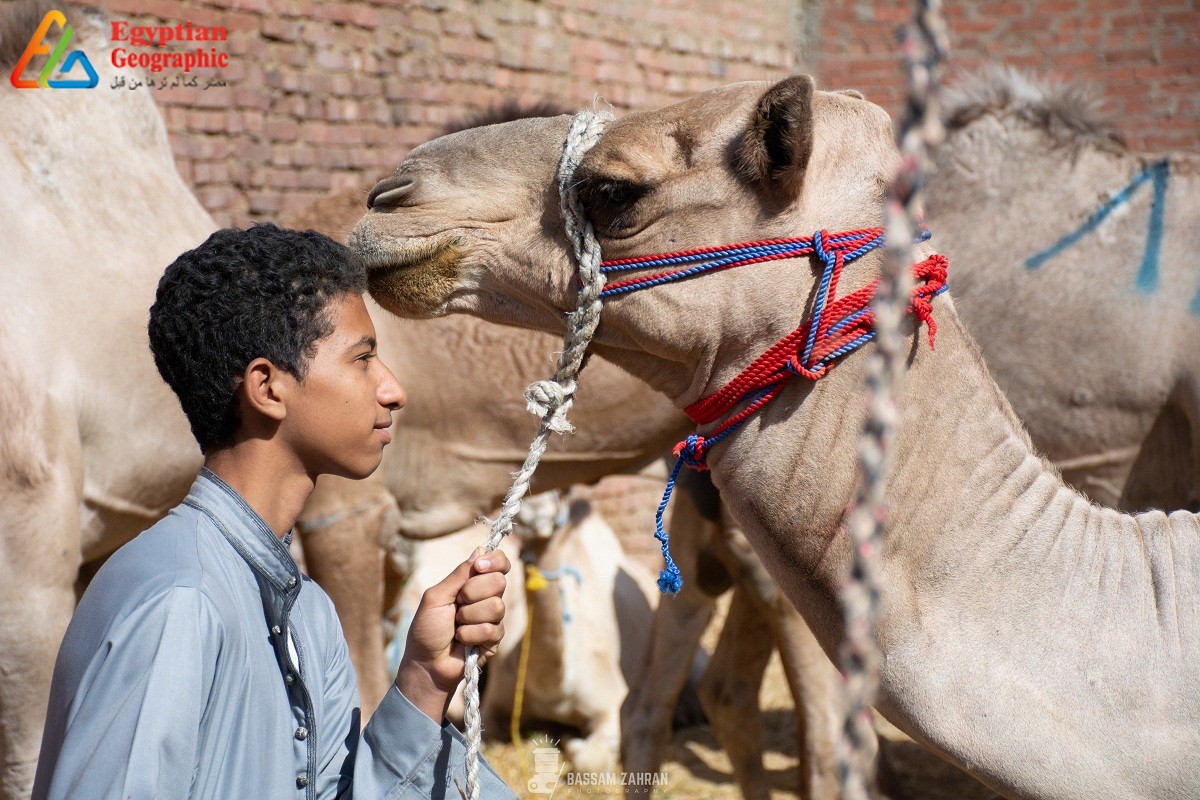
The second type is the Bactrian camel which lives in central Asia, especially Mongolia, northern China, southern Russia, and other countries.
This type has two humps. It is heavier and stronger than the dromedary but it has shorter legs and is slower than the Arabian camel. Also most of its body is covered with hair that is heavier than the Arabian camel, especially on the nose, shoulders, and the two humps.
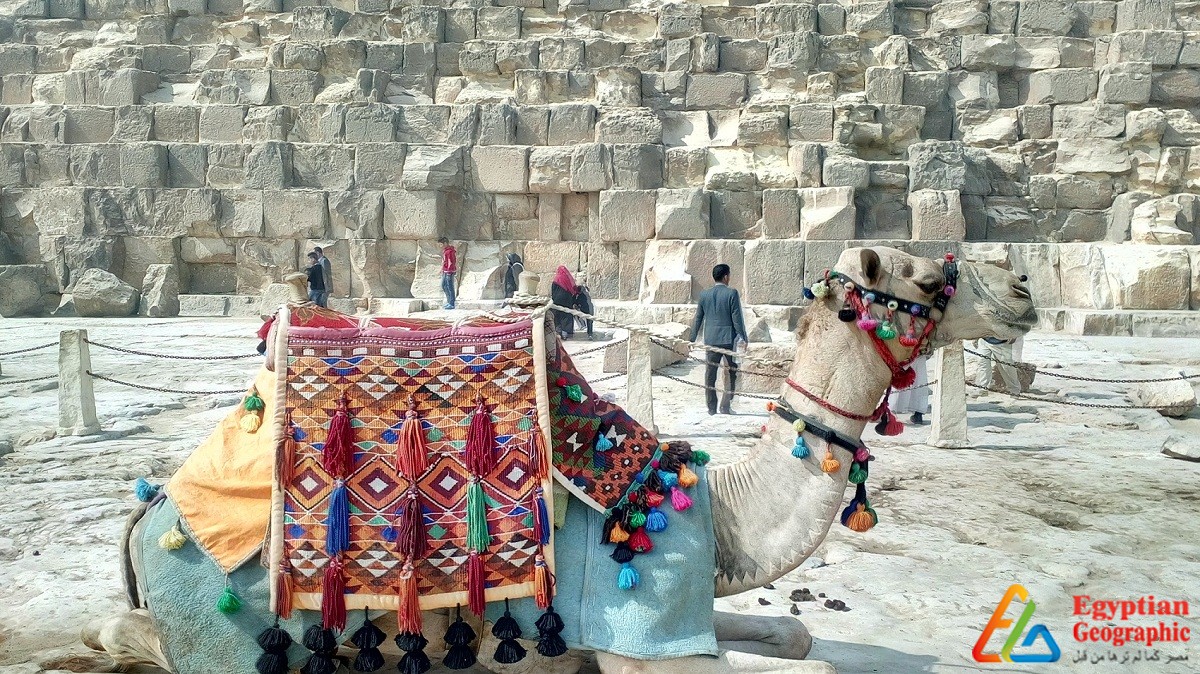
In South America, there are other types of the family Camelidae. They are camel-like animals such as llama, alpaca, and vicuna. They are closely related to camels but are smaller in size, less in weight, and do not have a hump. Camels’ humps consist of stored fat, which they can metabolize when food and water is scarce.
Camels have a series of physiological adaptations that allow them to withstand long periods of time without any external source of water. The dromedary camel can drink as seldom as once every 10 days even under very hot conditions, and can lose up to 30% of its body mass due to dehydration. Camels eating green herbage can ingest sufficient moisture in milder conditions to maintain their bodies' hydrated state without the need for drinking.
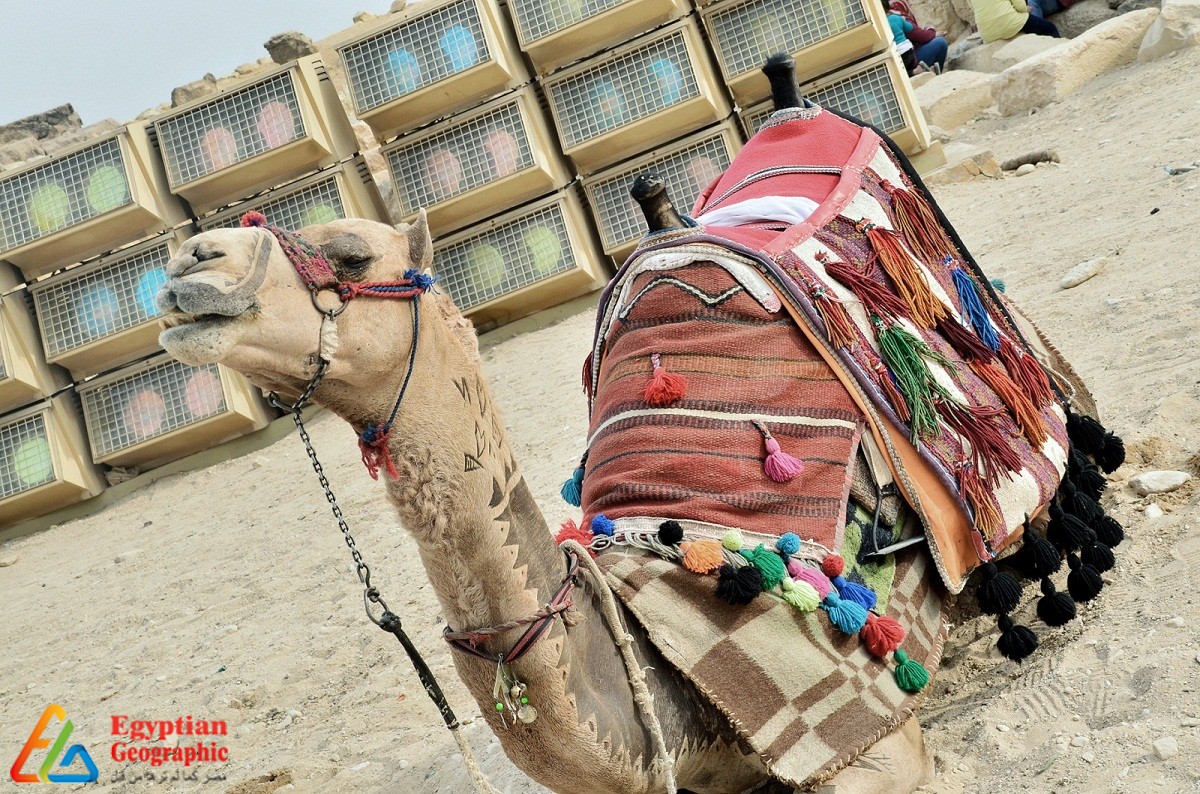
The camel has been tamed and mastered since 1100 BC, from 3,100 years ago, belongs to the class of Even-toed ungulate, of the family of Camelidae.
There are approximately 20 million camels around the world, of which 14 million are single-humped. Arab countries have 70% of them. Africa occupies the first rink with about 75% of dromedary, followed by Asia with 25%.
Camels have evolved physiologically over time, were it first appeared in the Paleogene era, which began 65 million years ago and continues more than 42 million years. Scientists believe it originated in North America in Alaska 40 million years ago. Then it transferred to South America and Asia, and from West Asia to the Arabian Peninsula, to North Africa about a million years ago, before disappearing from its original homeland without knowing the real reasons for it.
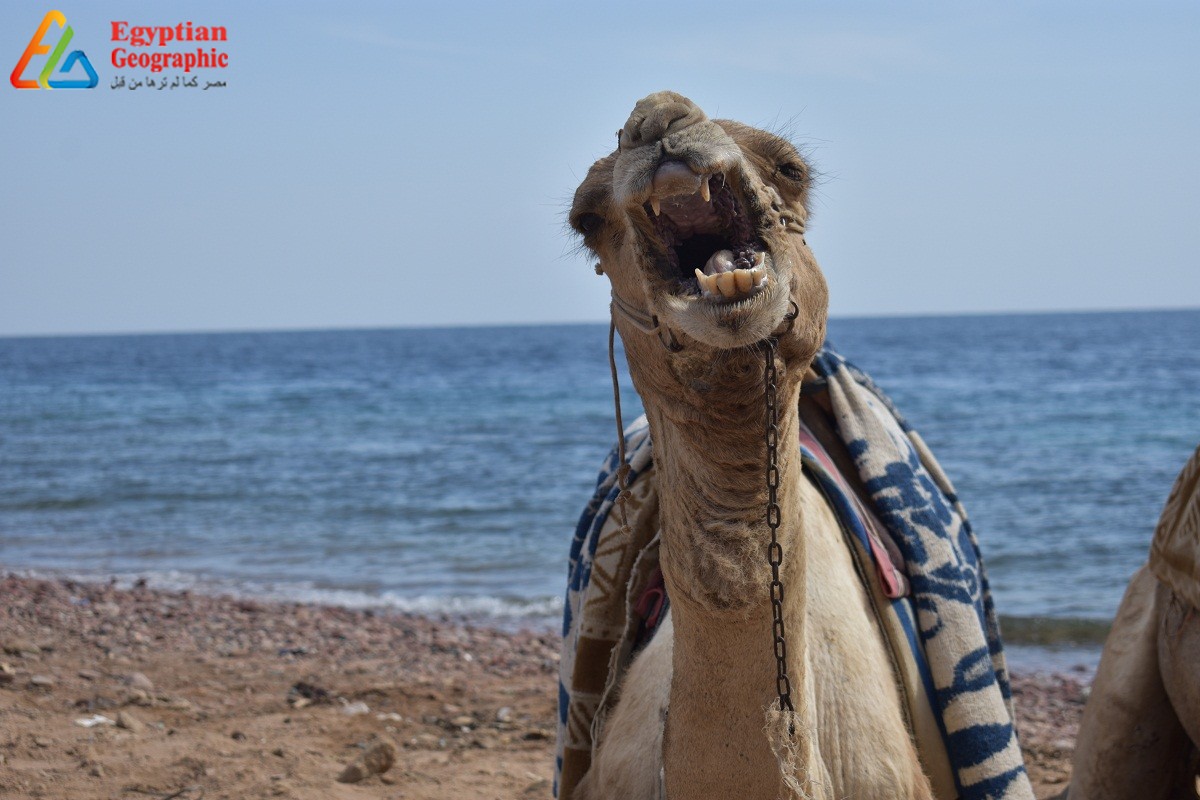
Humans first domesticated camels several thousands of years ago, this animals are herbivores, reach 7 feet in height (at the hump) and weigh up to 1500 pounds. One of its distinguished features its ability to carry very heavy loads, up to 300 km. A camel’s mouth is very sturdy and they are able to chew thorny desert plants.
Camel stands 1. 5 meters at the shoulder, and 2. 5 meters at the hump. It weighs between 400 to 600 kg and has a speed of 40 kilometers per hour, so it can travel 200 kilometers within 12 hours, this is because of its feet that have wide pads with slimly built legs that help it move easily over the desert. The wide pads also protect its feet from the high temperature reach to 70 which are up to 70 degrees Celsius, especially as its pads and legs are able to store water.
A feature of their nostrils is that a large amount of water vapour when they exhale is trapped and returned to their body fluids, thereby reducing the amount of water lost through respiration.
Camels’ thick coat reflects sunlight. A shaved camel has to sweat 50% more to avoid overheating. It also insulates them from the intense heat that radiates from hot desert sand. Their long legs help by keeping them further from the hot ground. Camels have tough feet so that they can endure the scorching desert sands. Camels have been known to swim if given the chance.
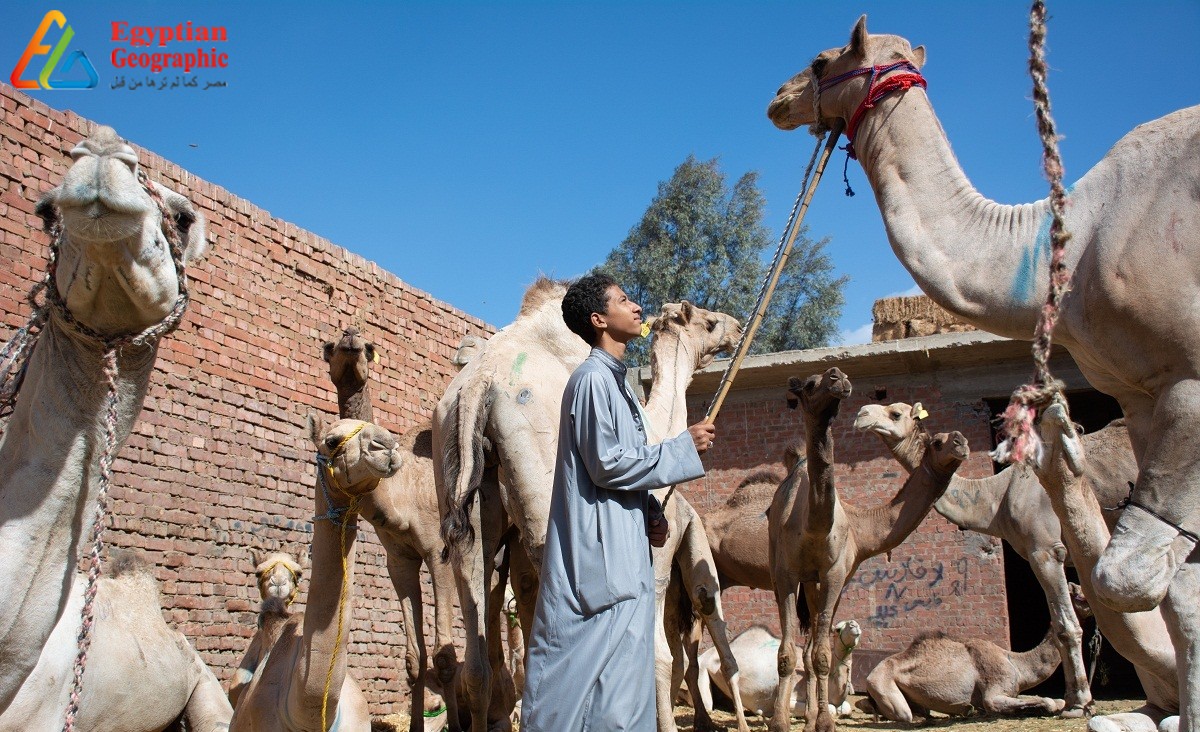
Camels’ mouth is very sturdy and they are able to chew thorny desert plants. Long eyelashes and ear hairs, together with closeable nostrils, form an effective barrier against sand. Camels pace (moving both legs on one side at the same time) and their widened feet help them move without sinking into the sand.
Their temperature ranges from 34°C to 41°C in the day and only above this threshold will they begin to sweat. This allows them to preserve about five litres of water a day. Camels can withstand at least 25% weight loss due to sweating.
Hump is used as a storehouse for fat. This fat is used by the camel when food is scarce, thus enabling it to survive without food for many days. Camels also have adaptation to store water in their body. They can also drink large amounts of water at one go. Hence, whenever there is water available they drink large amounts of water and store it in their bodies for future use.
Camels reach sexual maturity only in advanced years. The age of sexual maturity varies geographically and depends on the individual, as does the reproductive period. Both sexes might mature by three to five years of age, though successful breeding could take longer. Mating occurs once a year, and peaks in the rainy season. The mating season lasts three to five months, but may last a year for older animals.
Female has 12 births throughout its lifetime. This animal is considering medium-aged animal, it aged between 40 and 50 years, Somalia, Sudan, Mauritania, Ethiopia, Kenya, Libya, Egypt, Saudi Arabia, Tunisia, Mongolia, China, India and Pakistan, the most important countries have grown camels, Researchers have discovered the importance of the camel’s meat and anti-bacterial milk, which strengthens the immunity, does not harm the diabetic.

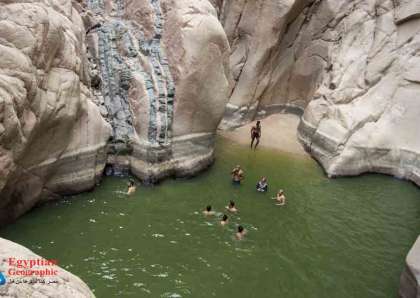

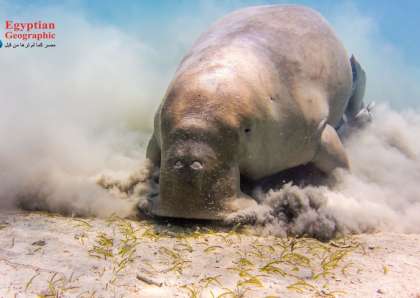
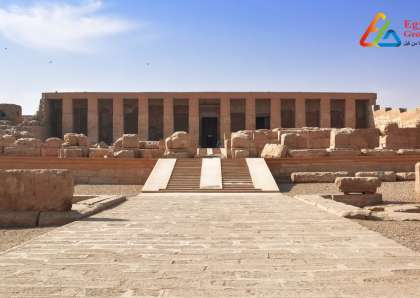
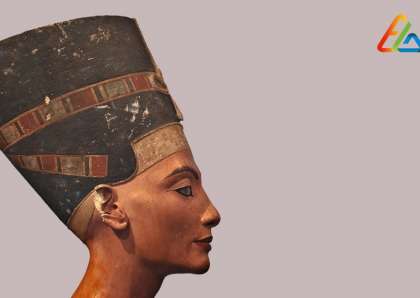
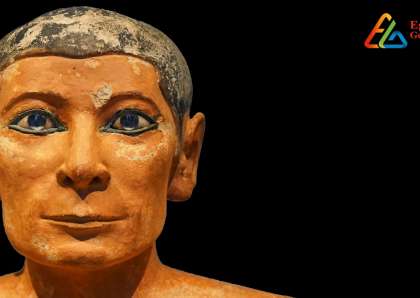
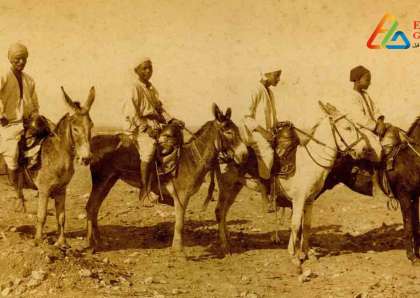
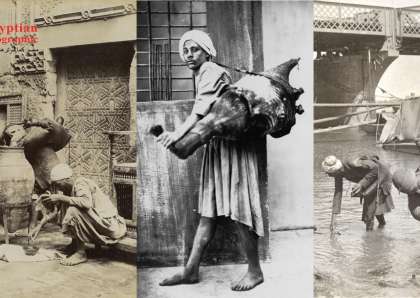

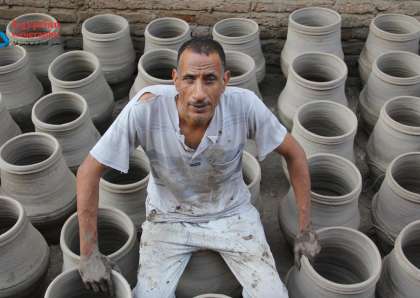







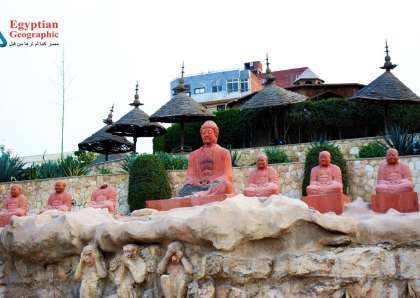

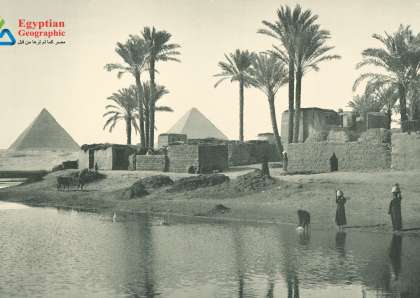

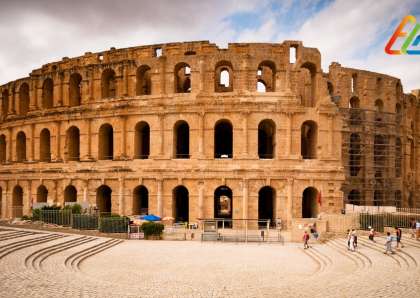
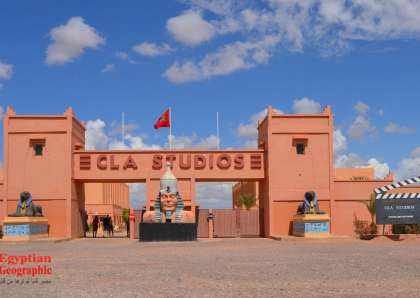
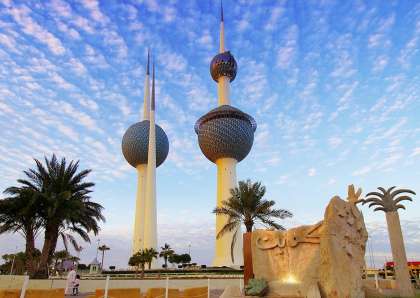
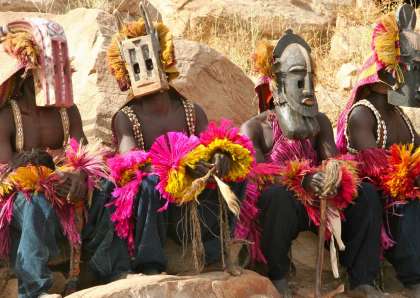
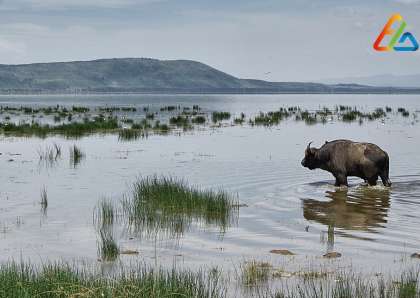
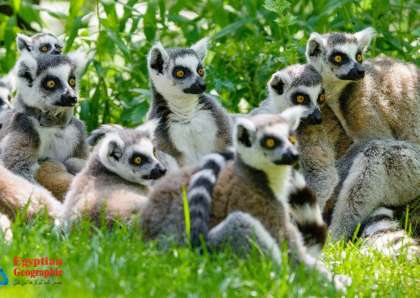







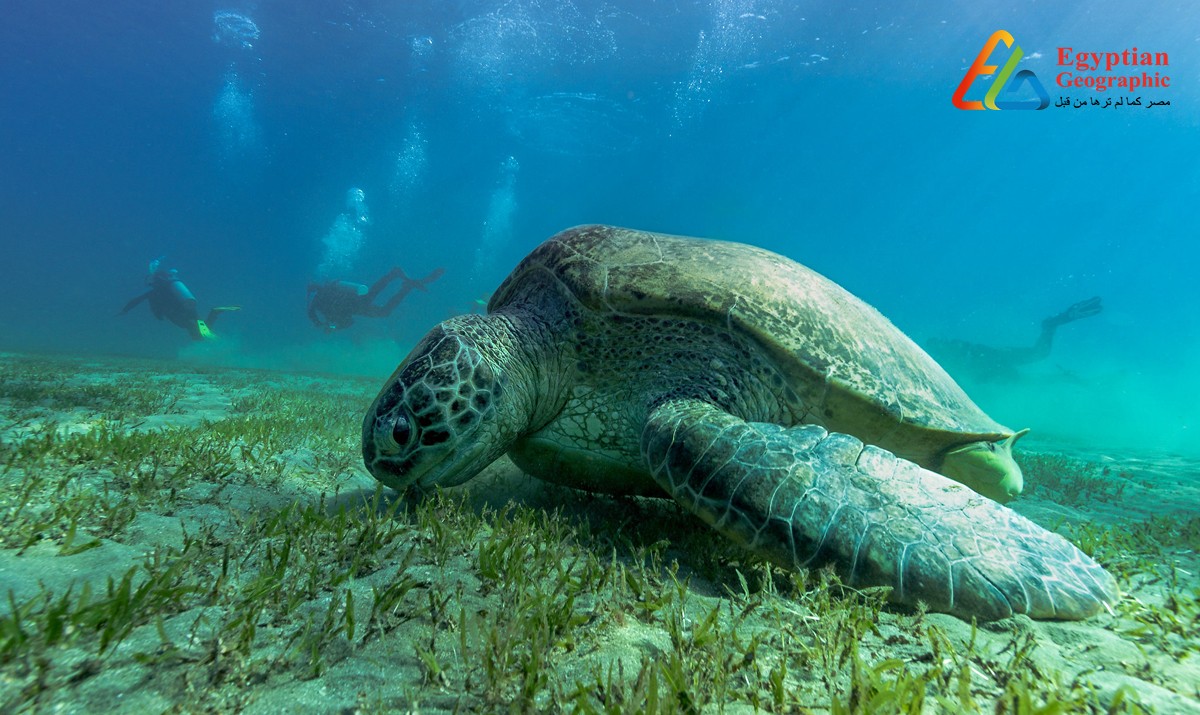
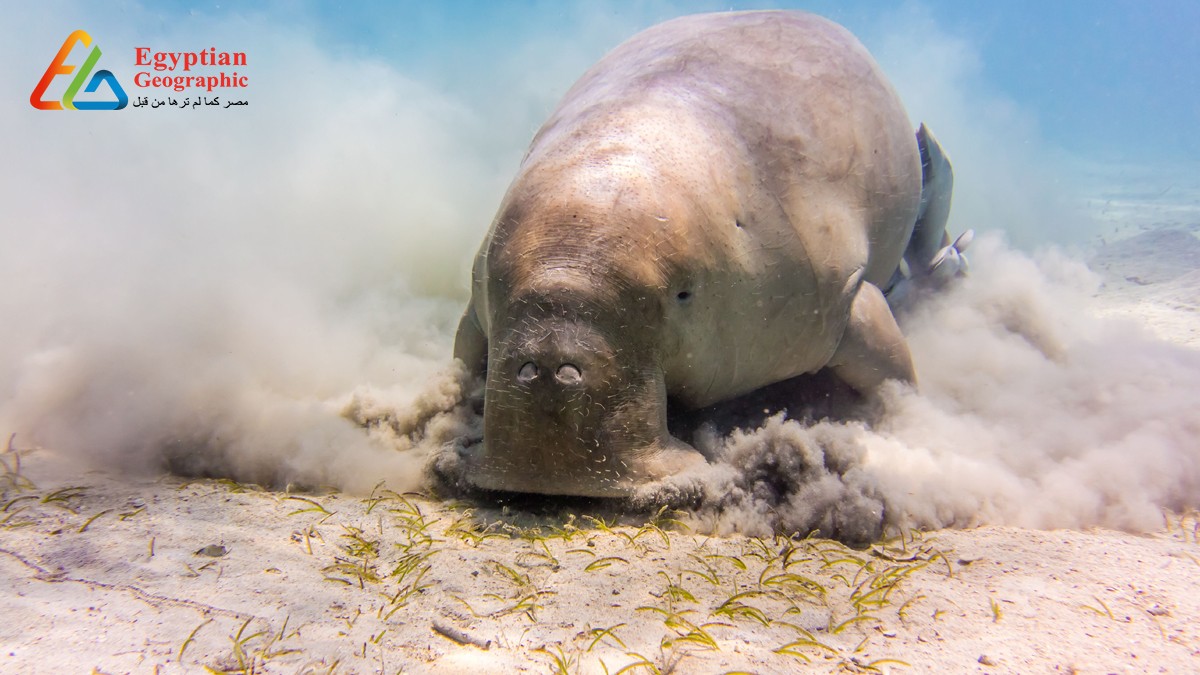











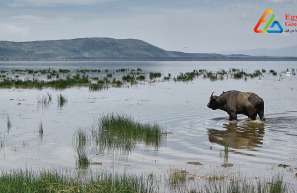
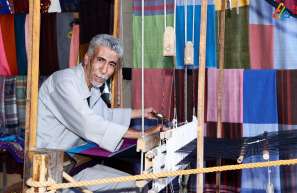
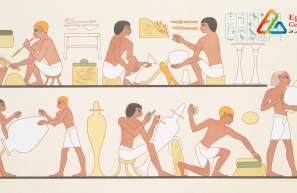


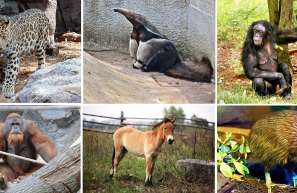
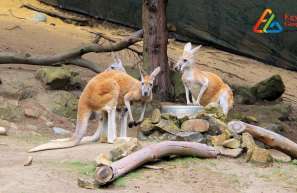








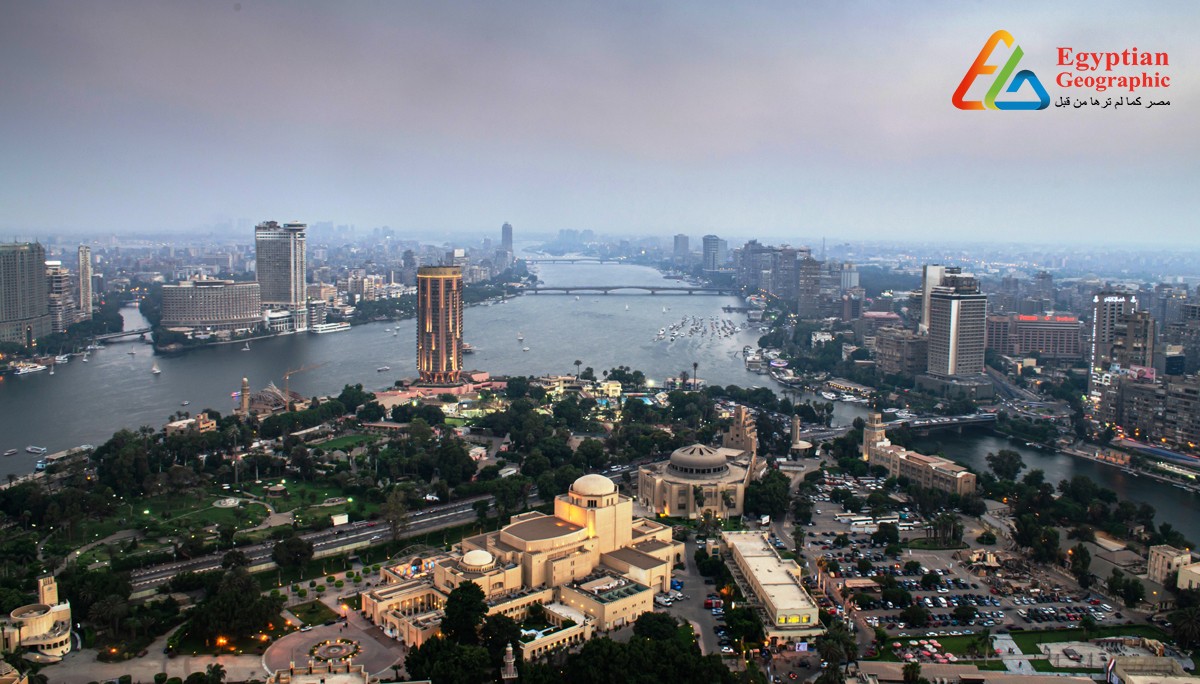
مجلة علمية معرفية وثائقية تتناول الشخصية المصرية